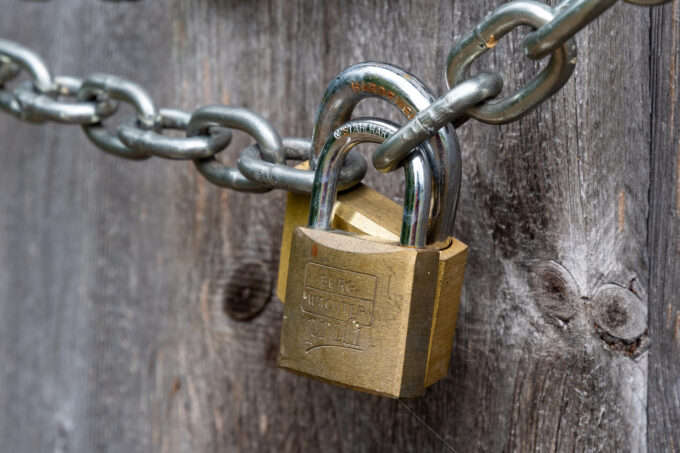WordPress is a popular platform for creating websites and blogs, but it’s essential to prioritize security to protect your valuable content and user data. In this blog post, we will explore some simple yet effective WordPress security tips and tricks that can help safeguard your website from potential threats. Whether you’re a beginner or an experienced user, these measures will go a long way in fortifying your WordPress site’s defenses.
Choose a Unique Administrator Username
One of the fundamental steps in securing your WordPress site is to avoid using the default “admin” username for your administrator account. Attackers often target this common username first, attempting to gain unauthorized access. Instead, create a unique and difficult-to-guess username during the WordPress installation process.
Utilize Strong, Complex Passwords
Creating a strong password is vital for protecting your WordPress site. Use a combination of uppercase and lowercase letters, numbers, and special characters. Avoid using easily guessable information, such as your name or birthdate. Additionally, consider using a reputable password manager to generate and store unique passwords securely.
Implement .htaccess Restrictions
By adding specific restrictions in the .htaccess file, you can control access to sensitive files and directories on your WordPress site. This prevents unauthorized users from accessing critical files or attempting malicious activities. Consult online resources or security plugins to learn how to configure appropriate .htaccess rules.
Employ a Reliable Security Plugin
WordPress offers various security plugins that actively monitor your website for suspicious activity and potential vulnerabilities. These plugins provide features like malware scanning, login protection, and firewall configurations. Choose a well-reviewed security plugin and keep it up to date to benefit from the latest security enhancements.
Adjust Folder Permissions
Incorrect folder permissions can make your website vulnerable to attacks. Ensure that your hosting provider sets appropriate folder permissions, striking a balance between security and functionality. Generally, directories should have a permission setting of 755, while files should be set to 644. Regularly check and adjust these permissions if necessary.
Implement a DNS-Level Firewall
To add an extra layer of protection, consider using a DNS-level firewall service. This type of firewall can block malicious traffic and prevent access to your site before it even reaches your server. Services like Cloudflare and Sucuri offer DNS-level firewalls that effectively mitigate many common threats.
Moderate Comments
Enabling unapproved comments on your WordPress site opens the door for spam and potentially harmful content. Be sure to enable comment moderation, where you manually review and approve comments before they appear publicly. This way, you can prevent inappropriate or malicious comments from being displayed on your website.
Disable Pingbacks and Trackbacks
While pingbacks and trackbacks were once popular for interconnecting blogs, they are now frequently exploited for malicious purposes. These features allow other websites to notify you when they link to your content. However, disabling pingbacks and trackbacks in your WordPress settings prevents potential security vulnerabilities and reduces unnecessary server load.
Conclusion
Maintaining the security of your WordPress site is an ongoing task that requires attention and regular updates. By implementing the tips and tricks mentioned in this blog post, you can significantly enhance the security of your WordPress website and protect it from potential threats. Remember, a secure website not only safeguards your data but also instills confidence in your visitors and encourages them to engage with your content. Stay vigilant, stay informed, and prioritize the security of your WordPress site.



